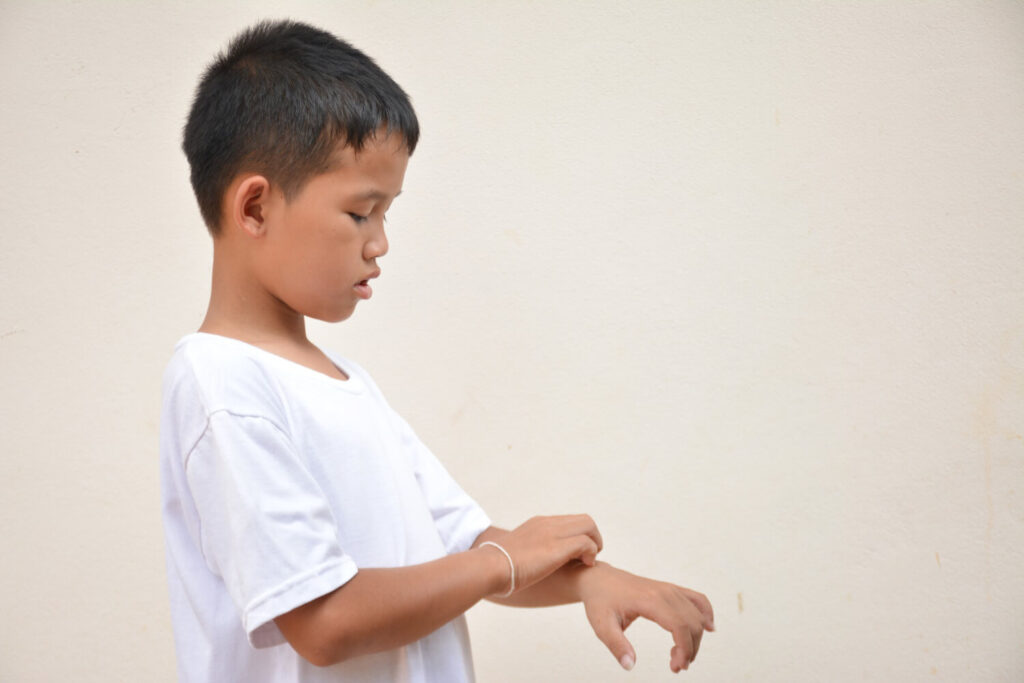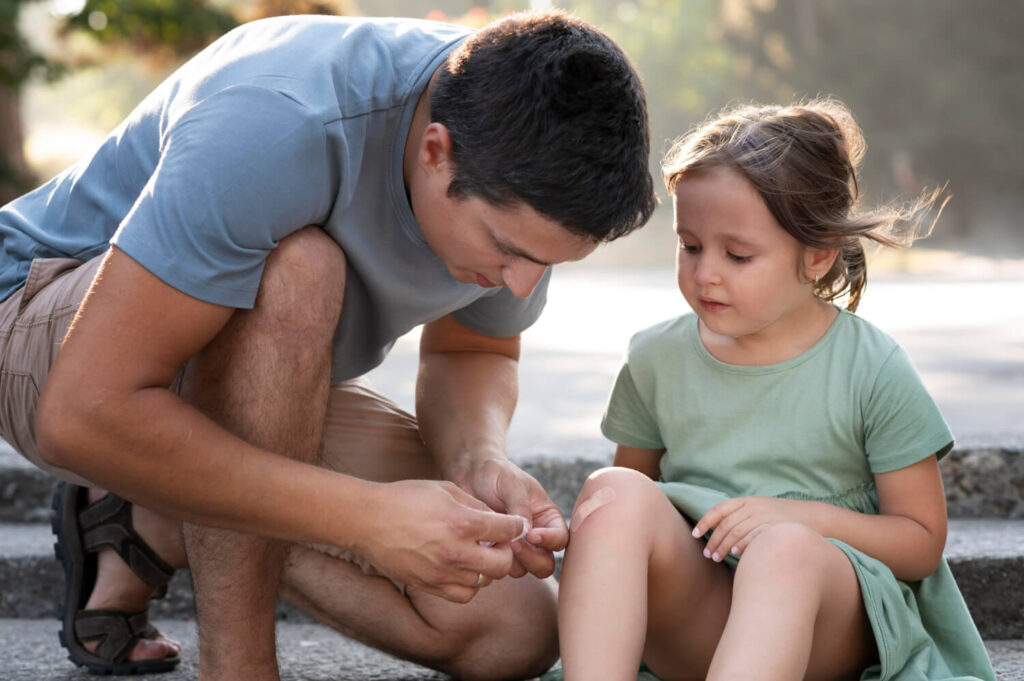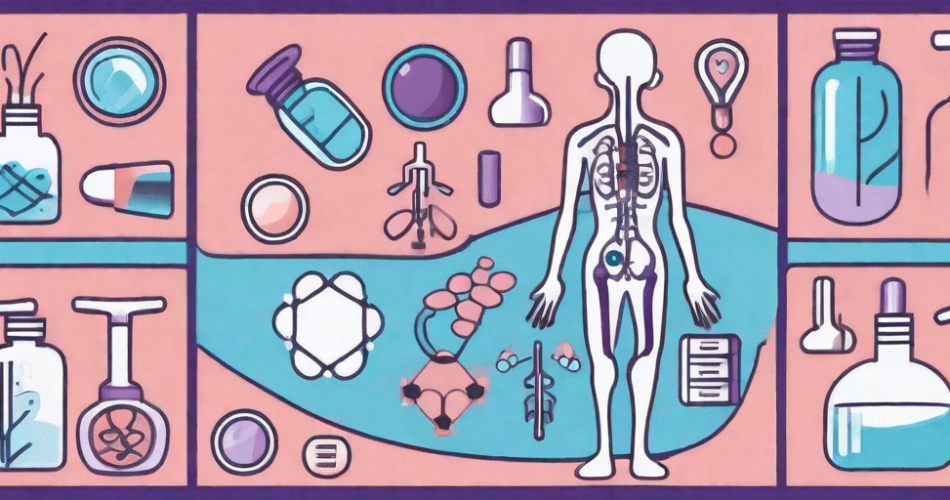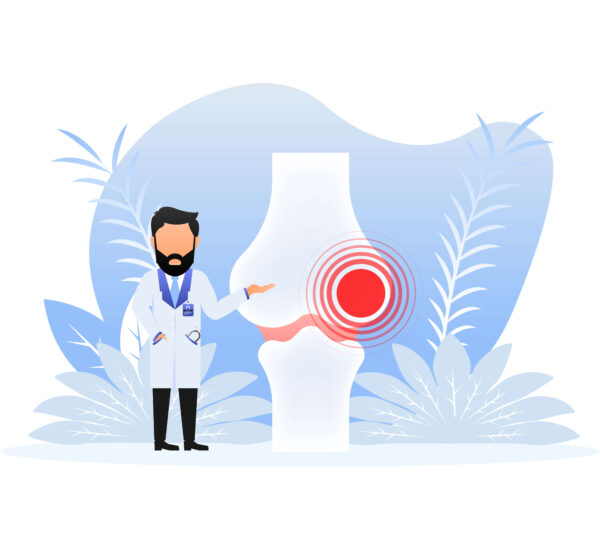Suffering from the chronic autoimmune disease like arthritis at an early age is alarming. Juvenile Idiopathic Arthritis (JIA) is a type of arthritis characterized by persistent joint inflammation. It can lead to pain, swelling, and limited range of motion. With such restrictions and physical pain, immediate pediatric care is a must.
In this article, discover the known symptoms and causes involved in this condition. Begin to understand every aspect to ensure quality of life at an early age. Let’s begin!
Definition and Overview of Juvenile Idiopathic Arthritis

Juvenile Idiopathic Arthritis (JIA), also known as juvenile rheumatoid arthritis is the most common rheumatic disease in children. It is classified as idiopathic because its exact cause is unknown. JIA typically starts before the age of 16 and persists for at least six weeks. This children arthritis can affect various joints in the body, including the knees, hands, wrists, and ankles.
The inflammation in JIA is caused by an abnormal immune response, where the body’s immune system mistakenly attacks its own healthy cells and tissues. This chronic inflammation can lead to long-term joint damage and disability if not properly managed.
Subtypes of Juvenile Idiopathic Arthritis
When it comes to understanding Juvenile Idiopathic Arthritis (JIA), it is important to delve deeper into the various subtypes of this condition. There are several recognized subtypes of JIA, each with its own unique characteristics and symptoms. Let’s uncover each below!
Oligoarticular JIA
It is the most common subtype, accounting for about 40% of all JIA cases. It primarily affects four or fewer joints in the body, typically the knees and ankles. This subtype is more common in girls and often presents with eye inflammation, known as uveitis.
Polyarticular JIA
This type affects five or more joints and can be further divided into rheumatoid factor positive or negative. Rheumatoid factor positive polyarticular JIA is more similar to adult rheumatoid arthritis, while rheumatoid factor negative polyarticular JIA is less severe.
Systemic JIA
Previously known as Still’s disease, is characterized by high spiking fevers, rash, and systemic symptoms such as fatigue and weight loss. This subtype can affect multiple joints and internal organs, making it more challenging to manage.
Enthesitis-related JIA
This type primarily affects the entheses, which are the sites where tendons and ligaments attach to bones. It commonly involves the lower extremities, especially the knees and ankles, and is associated with inflammation in the entheses and joints.
Psoriatic JIA
This condition is seen in children with a family history of psoriasis or with the presence of psoriasis-like skin lesions. It can involve both joints and skin, causing joint pain, stiffness, and characteristic skin changes.
Undifferentiated JIA
Lastly, this type is diagnosed when the symptoms do not fit into any specific subtype but still meet the criteria for JIA.
Symptoms of Juvenile Idiopathic Arthritis

Physical Indications in Children
The symptoms of Juvenile Idiopathic Arthritis (JIA) can vary in severity and presentation. Common physical indications include joint pain, swelling, stiffness, and warmth. These symptoms can affect various joints in the body, such as the knees, ankles, wrists, and fingers. The pain and swelling may be more pronounced in the morning or after periods of inactivity, and can improve with movement and exercise.
In addition to joint-related symptoms, children with JIA may experience difficulty in performing daily activities such as walking, climbing stairs, or gripping objects. This can be due to the pain, stiffness, and limited range of motion caused by the inflammation in the joints. The impact on mobility can vary from mild to severe, depending on the individual case.
Furthermore, JIA can cause fatigue, which can be both physical and mental. The constant pain and inflammation can take a toll on a child’s energy levels, making them feel tired and drained. This can affect their ability to participate in school, sports, and other activities, leading to potential social and academic challenges.
In some cases, JIA can also lead to growth problems in affected children. The chronic inflammation can interfere with the normal growth and development of bones and joints, potentially resulting in stunted growth or uneven limb length. Regular monitoring and appropriate interventions are necessary to address these concerns and support optimal growth in children with JIA.
It would be best to consult to a health expert to ensure the health of the patients. Doing so allows immediate intervention and solving the mobility limitations early on.
Emotional and Behavioral Signs

Aside from physical symptoms, this condition can also have a significant impact on a child’s emotional and behavioral well-being. The chronic nature of the disease, along with the associated pain and limitations, can lead to feelings of frustration, sadness, and social isolation. Children with JIA may struggle with the physical restrictions imposed by their condition, which can affect their self-esteem and body image.
Moreover, the unpredictable nature of JIA flares and remissions can create anxiety and uncertainty in affected children. They may worry about when the next flare-up will occur and how it will affect their daily life. This can lead to emotional distress and behavioral changes, such as increased irritability, mood swings, and difficulty concentrating.
It is crucial for parents and healthcare providers to address the emotional and psychological needs of children with JIA. Adequate support and counseling can help children cope with the challenges they face and develop effective strategies for managing their condition. Encouraging open communication, providing reassurance, and fostering a supportive environment can make a significant difference in the overall well-being of children with JIA.
Unraveling the Causes of Juvenile Idiopathic Arthritis
Juvenile Idiopathic Arthritis (JIA) is a complex and multifactorial disease that affects children and adolescents. While the exact cause of JIA remains unknown, extensive research has shed light on various factors that contribute to its development and progression.

Genetic Factors and Juvenile Idiopathic Arthritis
One of the key factors implicated in JIA is genetics. Studies have shown that certain genes play a crucial role in increasing the susceptibility to JIA. These genes are involved in regulating the immune system, which is responsible for protecting the body against harmful pathogens. Variations in these genes can disrupt the delicate balance of the immune system, leading to an overactive response and the development of autoimmune diseases, including JIA.
In addition to specific genes, a family history of autoimmune diseases, such as JIA or rheumatoid arthritis, can also increase the likelihood of a child developing JIA. This suggests that there may be shared genetic factors among these conditions, further highlighting the importance of genetics in JIA.
Furthermore, researchers have identified certain gene-environment interactions that contribute to the development of JIA. For example, individuals with specific genetic variations may be more susceptible to environmental triggers that can initiate or exacerbate the disease. Understanding these complex interactions is crucial for unraveling the underlying mechanisms of JIA and developing targeted therapies.
Environmental Triggers and Risks
While genetics play a significant role in JIA, environmental factors also contribute to its onset and progression. Various environmental triggers have been identified, including infections and exposure to certain toxins.
Among the infections that have been implicated in JIA, viral infections stand out. Particularly, viruses that affect the gastrointestinal or respiratory system have been associated with an increased risk of developing JIA. The exact mechanisms by which these viruses trigger JIA are still being investigated, but it is believed that they may stimulate an abnormal immune response, leading to the development of the disease.
Additionally, early life exposures have been linked to an increased risk of JIA. Studies have shown that smoking during pregnancy may contribute to the development of JIA in children. The harmful chemicals present in tobacco smoke can affect the developing immune system, making it more susceptible to dysregulation and autoimmune diseases like JIA.
It is important to note that while these environmental triggers and risks have been identified, not all individuals exposed to them will develop JIA. The interplay between genetics, environmental factors, and the immune system is highly complex and still not fully understood. Further research is needed to unravel the intricate mechanisms involved in the development of JIA.
Diagnosis of Juvenile Idiopathic Arthritis
Ensuring the child’s health is a must when it comes to dealing with JIA. The best step to do is to ensure a consultation with a health expert can occur. It would be best to check the hospital near you to diagnose the current condition.
Here’s what to expect during the check up!
Medical History and Physical Examination
The diagnosis of JIA involves a comprehensive evaluation of the child’s medical history and a thorough physical examination. The healthcare provider will inquire about the child’s symptoms, duration of joint pain or swelling, and any family history of autoimmune diseases. They will also assess the range of motion, joint tenderness, and presence of swelling or deformities.
Laboratory Tests and Imaging
To confirm the diagnosis and rule out other conditions, laboratory tests may be conducted. These tests include blood tests to measure inflammatory markers and antibodies that are associated with JIA. Imaging studies, such as X-rays and ultrasounds, may also be used to assess joint damage or inflammation.
Pediatric Care for Juvenile Idiopathic Arthritis

Medication and Treatment Options
The goal of JIA treatment is to relieve pain, reduce inflammation, and prevent joint damage. Pediatric rheumatologists specialize in diagnosing and managing JIA. The treatment plan may include a combination of medications, such as nonsteroidal anti-inflammatory drugs (NSAIDs), disease-modifying antirheumatic drugs (DMARDs), and biologic agents. Physical therapies, including exercises and occupational therapy, can also help improve joint function and mobility.
Lifestyle Adjustments for Affected Children
In addition to medical treatment, lifestyle adjustments play a crucial role in managing JIA. Children with JIA may benefit from a healthy and balanced diet, regular exercise, and sufficient rest. It is essential to provide emotional support, encourage social interactions, and address any educational or developmental needs of children with JIA.
Conclusion
Living with JIA can be challenging for both the child and their family. It can have varying effects on a child’s daily activities, school attendance, and social interactions. Therefore, it is essential to create a supportive environment that promotes inclusion, understanding, and accessibility for children with JIA.
Continue to improve the condition of your children by leading them to better outcomes and quality of life. Book an online consultation with a pediatric rheumatologist for a healthier health status of your children!



